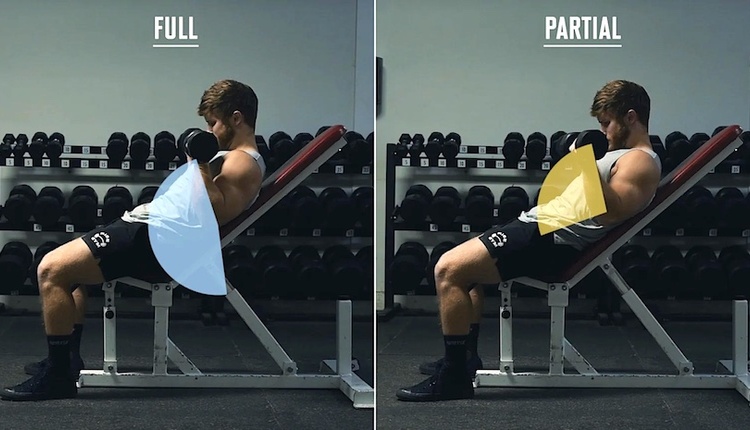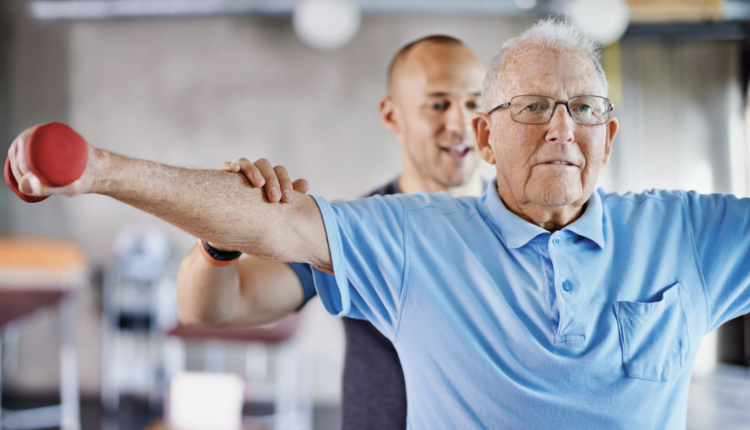
Before 1993, researchers funded by the National Institute of Health (NIH) were not required to include women in their research. Many exercise science researchers did not include women because studying the menstrual cycle was difficult and the uncertainty of how it would impact results was unknown.
This led to a broad research gap in how women adapt and respond to exercise. However, the National Institutes of Health Revitalization Act of 1993 required researchers funded by the NIH in the US to include women, with a few exceptions. Since then, research on the menstrual cycle and exercise has steadily risen over the last 20 years, with a recent surge in the last five years.
Research Methods on Menstrual Cycle and Exercise
To reach accurate and reliable conclusions, many factors must be considered when designing a study on this topic. Some of these include verifying menstrual cycle phases correctly via multiple tests, using precise language to describe the different stages and accurately measuring estrogen and progesterone concentrations in the blood.
Furthermore, it must be acknowledged that there is high inter- and intra-variability in women's cycle phase lengths, and hormone levels can fluctuate widely even on the same day. Not all women have a cycle that fits conveniently in 28 days, and 30-50% can experience ovulatory disturbances without abnormal symptoms.
One review of the research methods on the menstrual cycle and exercise found that only 44% of the studies measured the concentration changes in estrogen and progesterone. Thus, in research, it is crucial to verify whether participants are experiencing a regular ovulatory menstrual cycle during testing and verify the menstrual phase with a combination of testing.
In the following three sections, we will discuss three current systematic reviews on the effects of the menstrual cycle phase on performance.
1. The Effects of Menstrual Cycle Phase on Exercise Performance in Eumenorrheic Women: A Systematic Review and Meta-Analysis
This review (McNulty et al., 2020) determined that exercise guidelines should be personalized instead of modifying training for each menstrual cycle phase. The authors observed significant variation in findings across studies, with only slight differences in the menstrual cycle phases and exercise performance.
Out of the 51 randomized control trials in the meta-analysis, 42% were classified as low-quality studies due to inadequate cycle phase identification and verification, non-uniform participant groups (ranging from sedentary to healthy, physically active, and elite athletes), and considerable variation in the types of performance outcomes measured.
The authors suggest that coaches consider women's training status and understand the phases of the menstrual cycle.
2. Current evidence shows no influence of women's menstrual cycle phase on acute strength performance or adaptations to resistance exercise training
This recent review (Colenso-Semple et al., 2023) examined the existing evidence regarding the menstrual cycle's impact on strength performance and adaptation to resistance training. It did not find compelling evidence to justify developing a specific resistance training program tailored to the cycle phase.
They pointed out the research's inadequate methodological quality. Their statement does not claim that the menstrual cycle has no impact on performance. Numerous women reported experiencing various symptoms. However, no evidence supports the recommendation of a completely different routine during menstrual cycles.
In the end, the researchers suggested that coaches tailor their programs to each individual. For some, this might mean altering the programming during certain cycle phases. For others, it could require minor adjustments in intensity or volume in the initial days of menstruation. They advocate for recognizing the menstrual cycle as a factor in exercise programming, alongside nutrition, fatigue, sleep quality, stress, injury, motivation and program enjoyment.
3. Effects of Follicular and Luteal Phase-Based Menstrual Cycle Resistance Training on Muscle Strength and Mass
This review (Kissow et al., 2022) indicated that untrained and trained women exhibited greater strength during the follicular phase. These results could challenge findings from more recent reviews, which the cited methodological inconsistencies might explain.
The review concurs with others that a personalized approach is crucial because of significant differences in the female menstrual cycle. However, the authors suggest that female athletes with a consistent menstrual cycle might find it advantageous to tailor their training regimen to emphasize resistance training during the follicular phase.
This review's data indicate that the quadriceps experienced more significant adaptations during the follicular phase. But what of other muscle groups? The authors referenced another study with a comparable design, investigating the elbow flexors and discovering no differences in adaptations across cycle phases.
If performance may improve during the follicular phase, should resistance training be skipped or minimized during low estrogen phases?
The recommendation to engage exclusively in resistance training during the late follicular phase of peak estrogen stems from the notion that high estrogen promotes positive muscle adaptation. This has sparked speculation that women should concentrate solely on resistance training during the week when estrogen levels peak.
Research shows that women’s cycles can significantly vary, leading to daily hormone fluctuations. Removing two or three weeks of resistance training each month seems counterproductive when the goal is to build strength and muscle.
Research has shown that quads exhibit 10-20% greater strength during the follicular phase in isometric tests, a finding validated through calendar tracking. However, studies on triceps reveal no strength variation throughout the menstrual cycle. What remains unanswered are the training outcomes regarding squat strength or muscle mass gain, as there is currently no data to support actionable training recommendations.
A recent investigation into how the menstrual cycle affects muscle protein synthesis and breakdown after resistance training revealed no differences across the phases.
Training volume and progressive overload are primary drivers of muscle adaptation. Training only when estrogen is potentially highest significantly reduces the training window.
Until a long-term study shows that women who engage in resistance training exclusively during the follicular phase achieve the same adaptations as those who train throughout their entire cycle — with necessary modifications — we cannot confidently recommend restricting their training to just the follicular or late-follicular phase.
Conclusion
Research indicates that no phase of the menstrual cycle affects performance adaptations in the long run. In other words, train consistently across each menstrual cycle phase. Furthermore, the research does not support menstrual phase-based training programs. Thus, there’s no need to limit strength training to just one part of the menstrual cycle.
However, fitness professionals should be prepared to individualize training based on the symptoms present. Some women may need to modify their training during menstruation by reducing volume or intensity for a week. In contrast, others may only need to make slight adjustments on the day of the most severe symptoms.
Fitness professionals should consider the menstrual cycle a crucial variable when training women, similar to other factors like sleep, stress or nutrition. This approach can enable a female client to provide feedback on how she feels that day or the level of intensity she can handle at that moment.
Brandon Hyatt, MS, CSCS, NFPT-CPT, NASM-CES, BRM, PPSC is an experienced leader, educator, and personal trainer with over 7 years of success in building high-performing fitness teams, facilities and clients. He aspires to become a kinesiology professor while continuing to grow as a professional fitness writer and inspiring speaker, sharing his expertise and passion. He has a master's degree in kinesiology from Point Loma Nazarene University. His mission is to impact countless people by empowering and leading them in their fitness journey.





















